The content of the article
How to care for ficus at home? Today this issue is more than relevant. Because the cultivation of this plant firmly takes its position among the interests of gardeners. It has long been in the past when the simplest variety with green leaves grew on the windowsill of each grandmother. The current selection offers a wide variety of plants for home maintenance.
Of particular interest are ficuses with variegated coloring of leaves and those whose stems are easily braided into various figures. Despite the abundance of species and varieties, caring for ficus is practically the same. Let's understand in detail how to care for this representative of the green kingdom.
Choose a pot
So. You have a ficus. Bought, presented, stolen - it does not matter. Now it is a full-fledged resident of your home. And he needs appropriate care. First you need to pick him a suitable pot. The material of the container does not matter much. It can be ceramics, plastic, clay, terracotta. Just not glass or metal. These materials quickly cool themselves and cool the root system of the plant.
If, nevertheless, they were chosen, it will be necessary to additionally ensure the insulation of the pot or to make a weak heating from below. Why do you need extra trouble?
Be sure to have drainage holes for the outflow of excess water. Otherwise, your ficus will quickly fall ill and discard the leaves. The size of the pot should be slightly larger than the root system so that it has room to grow.
Tip. Do not plant ficus immediately in a huge container. The roots will not be able to immediately absorb such a volume of soil, and it will soon become acidic. Which will bring few pleasant moments and not at all to the benefit of the pet.
Preparing the ground for ficus
You can buy the finished mixture in the store. On the packaging it says "for ficus." And you can independently collect decent soil. But you will definitely know what you put there. To do this, you will need:
- good humus
- deciduous garden land
- clean sand
- turf land
- peat
All this must be taken in equal parts. Then mix and disinfect. To do this, the mixture is poured into a dense bag or bag and placed in the freezer for a day. After complete thawing, they spill with a strong solution of potassium permanganate. And after 12 hours they calcine in the oven at a temperature of + 105-110 ° C.
This treatment ensures that your ficus is not afraid of pathogenic bacteria, spores of fungi and larvae of pests.
Tip. Purchased soil must also be decontaminated. Where is the guarantee that it is clean and does not infect your plant?
We are looking for a place for ficus
Well, you put your handsome man in a convenient pot with good soil. And now what? Where to attach it? After all, you can’t just shove it into a free place on the windowsill, grow as you want. He will immediately shower you with leaves. We need to find a suitable place for ficus. And it consists of three conditions: proper lighting, optimal temperature and good humidity. We understand!
Lighting. Ficus loves light, preferably more. So variegated coloring appears even brighter. With a lack of lighting, the yellow border of the leaves fades, turns green. And the plant itself begins to draw long thin shoots with small leaves. Therefore, the light is to be.
At the same time, ficus categorically does not tolerate direct sunlight for a long time. Especially at lunchtime. The tips of the leaves begin to fry and curl at once, the shoots dry out.The plant itself is sluggish. Sometimes ficus protests and discards leaves again.
What to do and how to get out of the situation? No panic! Everything is solvable. We put the pot on the eastern windowsill. Then the afternoon sun will not reach him. No east? We put on the western or southern. And shade with a thick white curtain or paper. And this is not? Then to the north, but with the obligatory additional illumination. Owners of special fitolamps - respect!
No north? Then why do you need ficus in the garage? If you do not have windows, leave flowers alone.
Temperature. In general, all types of ficus are quite loyal to the temperature of the content. They feel great in the range from +18 to + 26 ° C. These indicators should be adhered to.
Lower air temperature slows down the active life processes of the plant. And when it drops to + 10 ° C, the development stops altogether. A higher effect is akin to a sunburn. Especially in winter near a central heating battery. Therefore, it is advisable not to put the pot near the radiators. Or cover it with a thick towel, blanket, plaid.
Sometimes in the summer on the windowsill it is too hot. After all, shading will save from the sun, but it does not reduce the temperature. Then you have to lay out bottles of ice next to it. Or containers of ice water.
It is best in summer to take out ficus in the garden or on the balcony. There it will be aired, and the heat in light partial shade will not be so terrible.
Humidity. Some sources do not recommend spraying the ficus itself. Even standing or melt water. Allegedly, this causes spots on the leaves. Nonsense. Spots will appear if you forget to wipe the leaves from dust or periodically bathe the plant.
And on clean leaves and from good water there will be no spots. Therefore, boldly spray ficus with water at room temperature to increase the humidity in its microclimate. If you still fear, then increase the humidity during the heating season in other ways.
Place a shallow, wide pallet next to it. Put expanded clay in it, pieces of peat or moss. Pour all this stuff with water. After impregnation, the remaining liquid can not be drained, let it float. Water will gradually evaporate and saturate the air.
You can even just attach an additional water tank nearby. The effect will be similar. Or spray from the spray gun the air around the ficus. Moisture will not get on the leaves, and the microclimate will be normal.
Tip. After you put the ficus in a certain place, try not to drag it around the rooms anymore. This threatens with one-sided dropping of leaves. That is, the plant will be half bald.
Water the ficus
So, the pot was put in place, everything seems to be done. Why does this ficus not want to grow? Why is he sluggish? Watering! Watering the ficus is necessary! He likes to drink. Like all plants. But you can’t keep him in the swamp all the time. The roots will begin to rot, the plant will die.
Watering the ficus is necessary only when the topsoil dries to a depth of 2.5-3 cm. How to determine that it is time to water the pet? Very simple. You still regularly loosen the soil in a pot? Here, at the same time, you will see when there is still enough moisture, and when it is not enough.
If you do not want to poke around in the ground, then take a wooden stick, a skewer, a toothpick. Stick it to the bottom of the pot and take it out after 15 minutes. On light wood, a wet strip will be clearly visible. Here you are guided by it.
By the way, the water should be at room temperature or slightly warmer. It is desirable to defend the water supply for at least a day. Or boil. You can even freeze it in plastic bottles, and then thaw it. Just be sure to drain the sediment. All harmful impurities, hard salts and heavy metals remain in it.
Tip. Special beacons make it easy to track the level of humidity. They are sold in flower or agricultural stores.With a decrease in moisture in the soil, they change color. This will be a signal to the time of the next watering.
We feed ficus
In addition to watering, your pet sometimes needs goodies. After all, with good care, the ficus can grow up to 2 meters tall. This is in the room. And where can he get strength to increase the mass of leaves? Of fertilizers of course.
Ficus is responsive to all forms of top dressing. It grows equally gratefully from:
- liquid green fertilizer
- complete complex mineral
- fertilizers in the form of long-playing capsules or tablets
The first two forms must be applied approximately once every 13-15 days, starting in March and ending in September. After this time, top dressing is reduced, and from November to February do not make at all.
Long-soluble fertilizers are convenient because they are enough to be buried once every six months in the ground and you can forget about additional top dressing. During watering, part of the capsule will gradually erode, and the ficus will receive its share.
A big plus of such fertilizers is that they contain the full range of essential minerals. And you have to try with them to go too far. The packaging contains instructions for use and the exact dosage for each plant.
Tip. If you decide to assemble a mix of fertilizers for ficus yourself, then do not indulge in nitrogen. It causes increased growth of green mass, but it is weakly attractive aesthetically. Shoots and leaves are loose and flabby. But big!
Pests and diseases
Well, have you arranged a paradise life for your ficus? He puffs safely in his pot, pleases you with leaf bursts. You also adore him, sometimes feed him, water him. Do you think everything will be so? It would be nice if so. But, besides you, some comrades adore ficus. And they are completely unwanted guests in your Garden of Eden.
This is a spider mite, aphid, scutellum. Whitefly too. All these insects safely suck life juices from ficus leaves. From this, he loses his attractiveness, the leaves fade, become full of holes. Sometimes they fall off altogether.
At the first sign of damage, the plant needs to be urgently saved. To do this, you can try washing the blades with a warm, thick solution of potash or laundry soap. The first is sold in flower shops, the second needs no introduction. Only be sure to cover the soil from the ingress of the solution with cling film, thick polyethylene or foil.
If such a procedure did not produce the desired result, then you will have to use chemistry. And it's okay. You do not crush ficus in a salad! Therefore, we choose a systemic insecticide with a long duration of action. And we use it in strict accordance with the manufacturer's recommendations. No gag. Otherwise, along with pests, poison households, flowers and yourself along with them.
Of the diseases, ficus is most often affected by various rot and fungus. No, of course, initially you disinfected the soil. But she cannot remain sterile forever. Soon, microorganisms populate it again. And if you also violate the maintenance regime, then the plant will weaken. And even then it will not be able to properly resist the attack of pathogenic fungi and bacteria.
Remember: only weak ficuses are ill. A healthy plant has its own good immune system.
However, sometimes, despite all the precautions, the ficus still picks up some sore. Then you have to act dramatically. Fungal infections rarely resist fungicide treatment. To achieve the best effect, it is advisable to cover the ficus with dense polyethylene after treatment for at least 2 hours. If necessary, the procedure is repeated after about a week.
And rot needs to be cut with a sterile blade to a healthy tissue. Then cauterize the wound with ordinary medical brilliant green or sprinkle with a crushed tablet of activated charcoal.
After surgery, it is recommended to transfer the ficus to another pot and new soil to avoid reinfestation.
Sometimes the disease is noticed too late. Then the plant can no longer be saved. In this case, try to chop as many healthy cuttings as possible. After all, you have to grow ficus again. And the cuttings are easily rooted and grow very quickly. At the same time, instead of one sick pet, you get a whole bunch of healthy juveniles.
How to care for ficus at home? This is actually easy. Ficus does not require insane content or elite fertilizers. He is quite grateful even for the smallest care of him. And if you pamper him a little, then on your windowsill it will be magnificent, juicy and beautiful.
Video: how to properly care for ficus

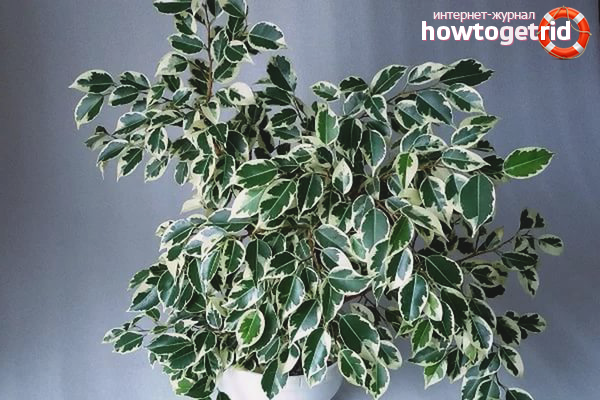

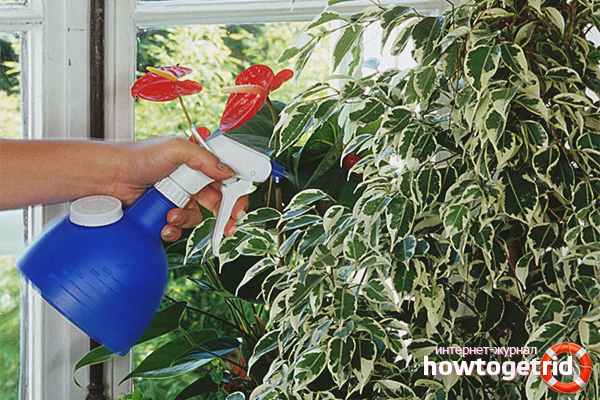
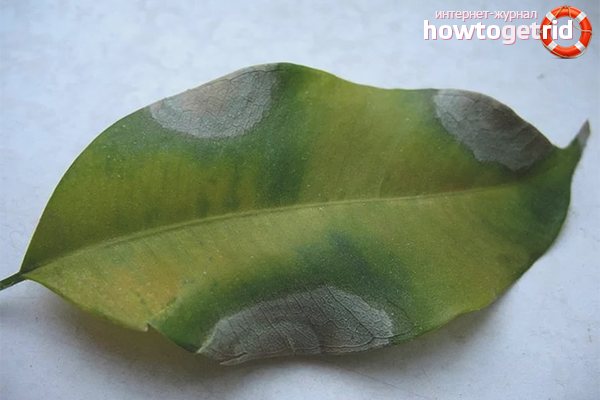


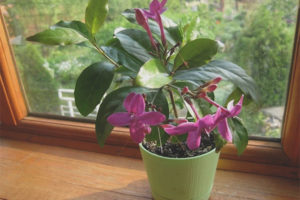




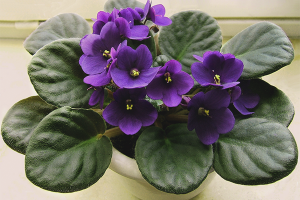
Submit